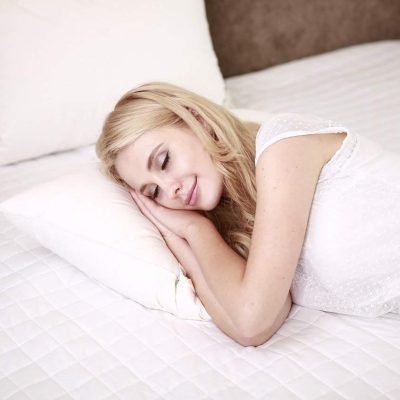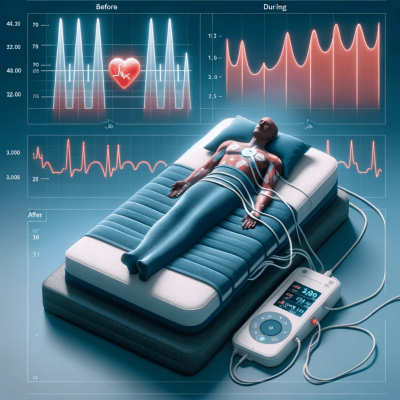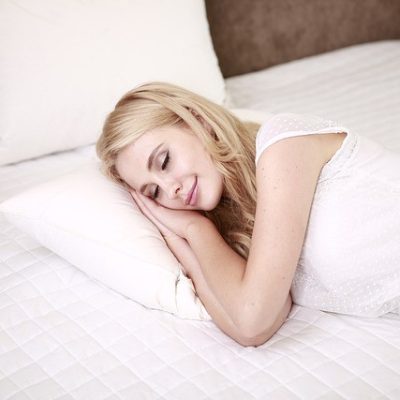If you or someone close to you has been diagnosed with obstructive sleep apnea, you’re probably aware of continuous positive airway pressure (CPAP) therapy by now. It works as the CPAP machine delivers constant air pressure to the patient’s airway keeping it open and allowing him to breathe uninterrupted while he sleeps. It is worth cleaning your CPAP machine frequently, do check out our CPAP cleaner reviews.
Just like with any other treatments, most patients will experience some minor CPAP machine side effects which, while not usually serious, can be a source of inconvenience and irritation to the user. We will discuss some of the common CPAP side effects and the ways they can be diminished or even totally eliminated.
Table of Contents
ToggleCPAP Side Effects: What to Look Out For!
Exhaling Might Be Uncomfortable
This is one of the most common side effects when using the CPAP machine. This is understandable since the device uses air pressure to keep your airway open – you are basically forcing against the pressure with every exhalation you make. While some patients might overcome this initial discomfort over time, there will always be others who will still find it uncomfortable even after several treatment sessions. As a result, sleeping will be difficult since you’ll find it hard to relax.
One solution to this problem is to look for a machine that has a ramp feature. With this feature, you won’t have to feel the full pressure prescribed by the doctor right away. Instead, the machine has some sort of a timer, which can be as long as 45 minutes in most models, where it will gradually increase the pressure until it reaches the level indicated in your doctor’s prescription. Since there is there is this adjustment period, you will hopefully acclimatize with the increased pressure by then. Or better yet, you will fall asleep long before the ramp period is up.
But if you have some cash to spare, an even better solution is to get a bi-level CPAP machine. This type of device tracks your breathing pace and adjusts accordingly – it uses the prescribed pressure when you inhale but eases up the pressure when you exhale. As a result, it will feel like you are breathing normally as you don’t have to exert too much effort when you breathe out.
Dry Mouth, Nasal Passage Irritation Or Congestion
Dryness in your mouth, tongue or throat is a common complaint from people using CPAP machines. It can’t be helped as dry cold air continuously blowing through your airways is bound to leave it dry in the morning. Sometimes, patients even experience nasal congestion and even nosebleeds because of it.
The solution is actually a simple one. The trick is to buy a CPAP machine that has a heated humidifier so you’ll mouth and nasal passage remain humid during the treatment period. For patients who tend to open their mouths while sleeping – which could be also causing the dryness – a chin strap or full-face mask might also help as they prevent your mouth from unintentionally opening while sleeping.
Rashes, Skin Marks and Pressure Sores
These CPAP machine side effects could mean one thing – something is wrong with your face mask. It’s possible that there is a leak somewhere which is causing the irritation or you might be fitting the mask too tight causing it to put too much pressure on your skin. To solve, this, try to adjust the mask so it fits comfortably. However, it is also possible that the mask you are currently using does not suit the shape of your face. In this case, you need to shop around for other models to get the best fit possible.
It is also possible that the problem lies in the material used in the mask. For instance, there are people who have very sensitive skin which might react to the latex in it. If such is the case, then try using barrier creams or mask liners and see if they do the trick.
You Feel Claustrophobic With The Mask On
It’s relatively common for people to feel confined and claustrophobic when putting the mask on. However, a majority of users will bounce back and get used to it right away. The problem is for those few users who just can’t let go of their irrational fear as easily.
As they say, practice makes perfect and one method that might help you overcome this feeling is to practice using the mask even when it is still daytime. You can incorporate desensitization training at this time and initially put the mask on for a short period like 10 minutes or so then progressively increase the duration to longer periods of time. The rationale is that by practicing it while you are still awake, you will hopefully get so used to the feeling of the mask on their face that they won’t think anything about it when therapy time comes.
Using a CPAP machine might take some time getting used to. Fortunately, its side effects are not usually serious and can be considered just minor inconveniences. However, if you still experience some problems in using the device even after trying to make some adjustments, it is best to discuss the situation with your doctor, as he might be able to help you troubleshoot the issue and make changes in the machine’s setting or your therapy parameters.








